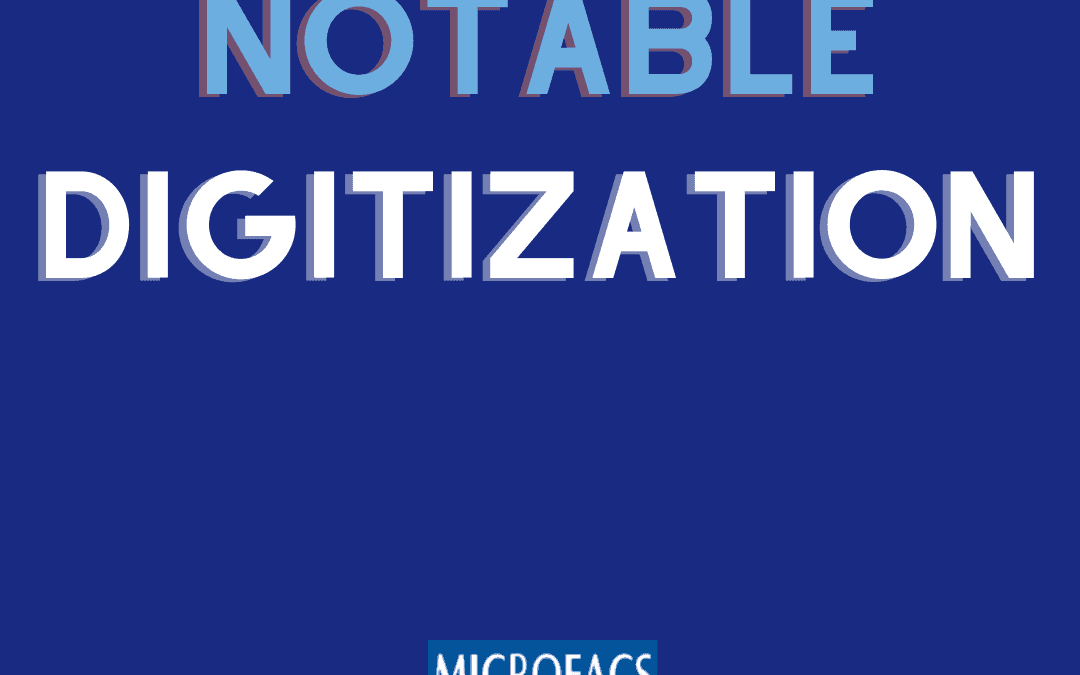 There are a number of major digitizing projects worldwide, where the end result could make a vast amount of historical data, art objects and scientific documents accessible to all on the internet. In addition to making the data accessible, digitization will preserve some delicate documents that are in danger of degrading to the point of non-readability. Consider two current projects.
There are a number of major digitizing projects worldwide, where the end result could make a vast amount of historical data, art objects and scientific documents accessible to all on the internet. In addition to making the data accessible, digitization will preserve some delicate documents that are in danger of degrading to the point of non-readability. Consider two current projects.
Digita Vaticana Onlus
The Vatican is arguably one of the oldest institutions in the world that has been collecting, preserving and cataloging events, writings, poems, art and drawings.
The Vatican is a 103 acre plot in Rome Italy. It was believed to be created in the 313 AD when land was first granted to Pope Militades. Since that time the Vatican has been collecting and storing documents and manuscripts. Some of the manuscripts were discovered in archeological expeditions where ancient scrolls were dug up, preserved and stored in the Vatican complex. This complex is known as the Vatican City and houses St. Peters Basilica, the Sistine Chapel and the Vatican Museums. They feature some of the world’s most famous paintings, sculptures, ancient scrolls, scriptures, scientific observations, mathematical works and other historically significant documents.
Digita Vaticana Onlus is a nonprofit organization founded in 2013 devoted to converting the vast majority of these priceless documents to a digital format. There are over 80,000 manuscripts, 15,000 prints among thousands of other types of units. The total scope is to digitize over 40 million pages to over 45 quadrillion bytes. The project is estimated to be completed by 2028. Over 150 specialists are working on this project that will cost over 55 million dollars US to complete.
The goal is to allow world wide access to all these precious documents. The benefit to mankind is incalculable.
Many of the manuscripts are extremely delicate and require the latest technology for scanning. FITS is the format adopted for this digitization project. Flexible Image Transport System (FITS) was developed by NASA to store images. The file can contain layers and Meta data; it is safe from viruses and can be read by any image processing software. FITS is believed to be the best format for long term preservation.
More information can be found at http://www.digitavaticana.org
Smithsonian Institute
The Smithsonian instititute is the world’s largest museum and research complex that includes over 19 museums and 9 research centers. The institute was established in 1846 for the purpose of upkeep and diffusion of knowledge. Today it is believe to house over 154 million entities, that includes artifacts, paintings, scientific data, books, historical transcripts and other specimens. There is a digitization effort with the goal of making all these documents virtually accessible to all. The scope of this effort is far greater than the Vatican project and has no specific timetable for completing this massive undertaking. Today 1000’s of personnel have been involved it the project that has already digitized millions of items.
More information can be found at https://dpo.si.edu/mass-digitization-program
The digitization of historical documents, art, artifacts and manuscripts has countless benefits to humanity as providing access to the entire world will not only enlighten minds, but create more collaboration and discovery for the benefit of humanity.
Microfacs is not involved in projects of this scope, but they use similar technology to bring the benefit of digitization to government institutions, medical centers, business’s and education institutions.
